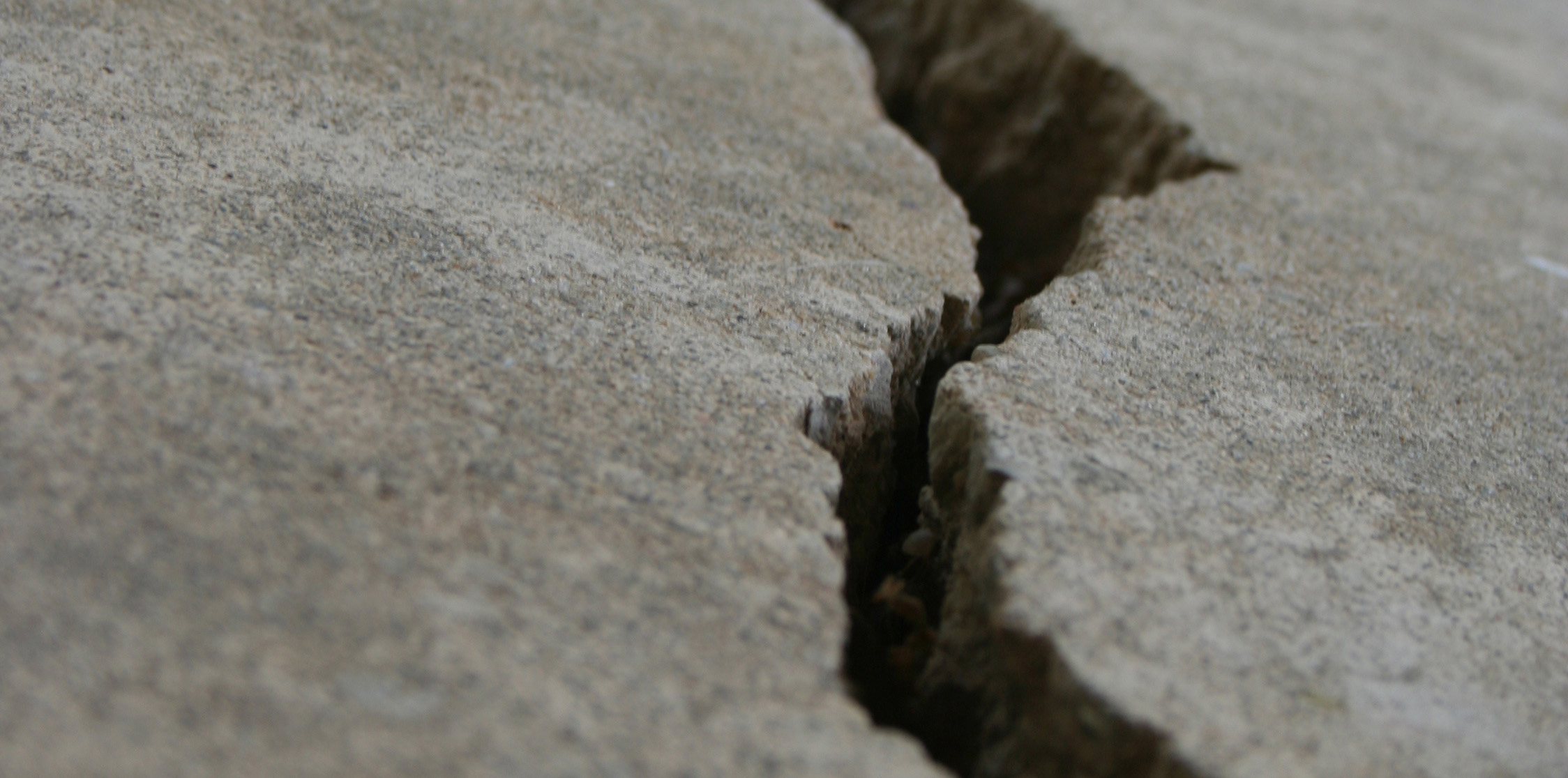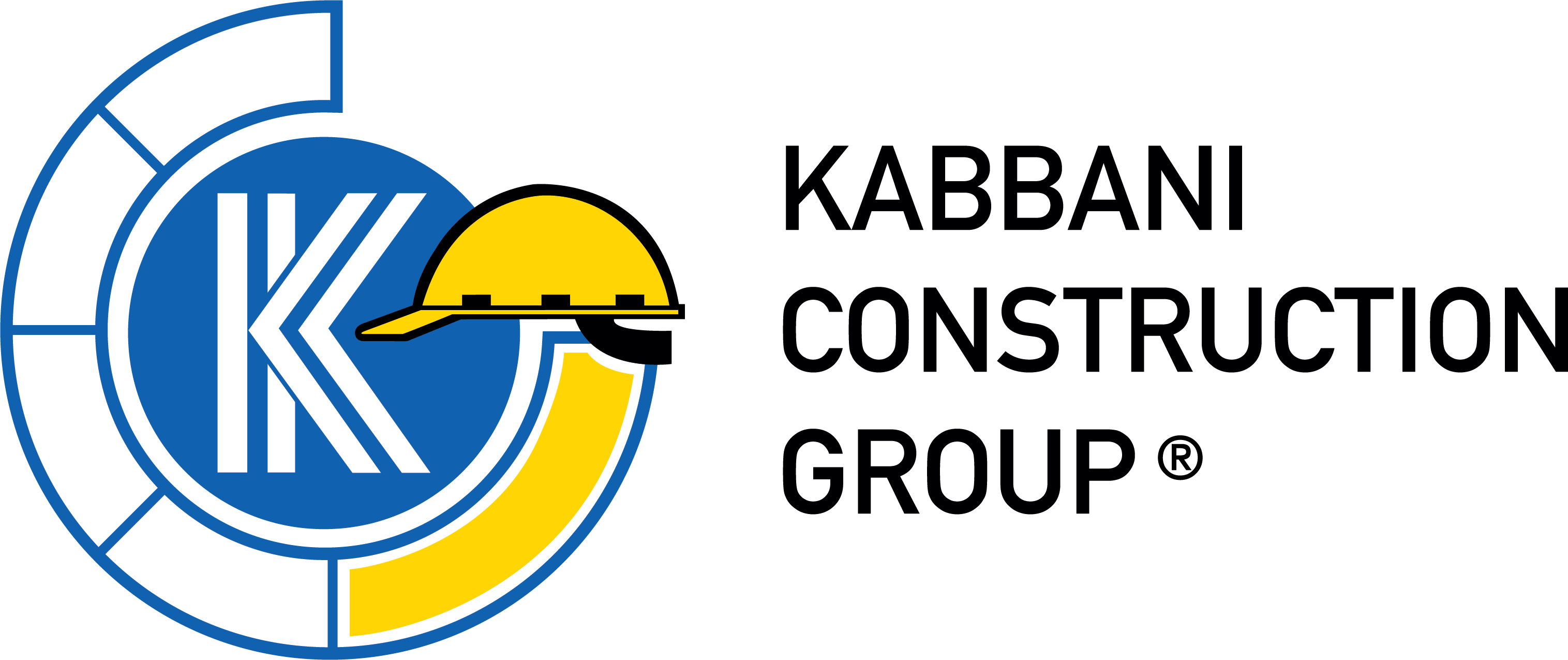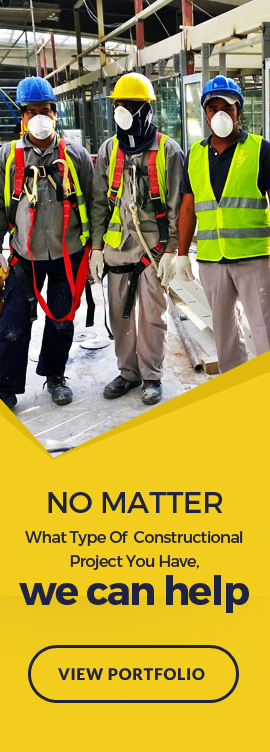Concrete Repair
Concrete can be damaged due to many different reasons. It is tough but it is no match for nature; it will crack eventually. These damages and defects will lead to bigger problems, such as leakage, deflection or disintegration.
In order to properly repair damaged concrete, you need to first properly identify the undesirable behavior of the concrete. Are there cracks? Is it leaking? Is it deteriorating? Then, you need to understand the cause. Once you fully understand the cause, then you can come up with a repair strategy to address the cause and the effect. Finally, make sure your repair strategy is long lasting.

If the concrete has a defect, then this is probably caused by something related to the design, material or construction process. If the concrete is damaged, this is most likely due to overloading, a chemical spill, an earthquake or a fire. If the concrete is deteriorating, this is probably caused by an erosion, corrosion of metals, an alkali-aggregate reaction or a sulfate attack.
- Leakage
- Settlement
- Deflection
- Wear
- Spalling
- Disintegration
- Cracking
- Delamination



